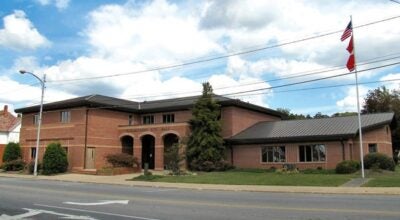380 East Side homes to be connected to new waterlines
Published 10:10 am Tuesday, January 13, 2015
380.
That’s how many homes in the East Side community will be connected to new waterlines when the waterline replacement project is completed.
The Elizabethton Utility Department was already in the midst of a $400,000 line replacement project when City Council approved extending the project and adding $168,000 to the final project cost.
Director of Utilities Johann Coetzee said the decision to expand the project came because the city wants to make the federal loan funding the project last as long as possible. The loan has a 30 percent principal forgiveness clause included.
“This means the city only has to pay back 70 cents of every dollar borrowed,” Coetzee said. “We were able to add $168,000 and make this possible because the original bid was low and the project is going smoothly.”
The changes to the project will add 60 days to the work and will add 850 feet of 6-inch waterline along Walker Street and Siam Road and Sunset Avenue and 3,100 feet of 6-inch waterline along Riverview Road.
Before the additional funding was approved, the project already include more than 10,000 feet of 2-inch waterline and 4,400 feet of 6-inch waterline.
The city is also working to stretch the funding by having in-house water crews install the 2-inch waterline and the contractor, Tipton Construction Co., is installing the 6-inch line and working on the connections along the length of the project.
Even though crews have been working on the project for a while, none of the new lines are in use. Coetzee noted the work on the expanded portion of the project had not yet begun and had been delayed because of the inclement weather.
Coetzee said it was a two-week process to add in a new line to the water system. He said the 2-inch lines and the 6-inch lines had to be connected. Then the line will be tested, flushed and disinfected before it is officially added into the system for public use.
Before the customers can use the new line, the pipes will be filled with water and then bacteriologically tested and insured that all standards have been met.
After the lines have been switched over, the old line will be “abandoned in place” which means it will not be removed.
Coetzee said the new lines will have a tracking system in place that will tell future work crews exactly where the lines are located.
“What this means is that crews will know exactly where the lines are and exactly how deep they are,” he said. “This will keep them from being damaged in the future when other work is being done.”





